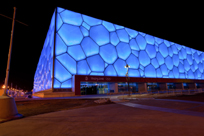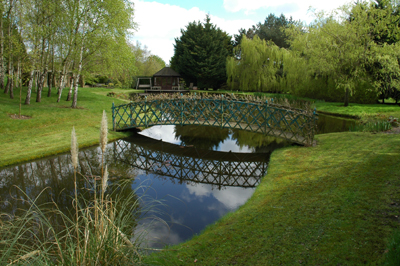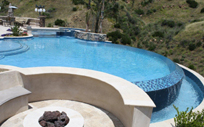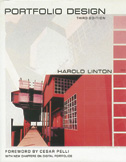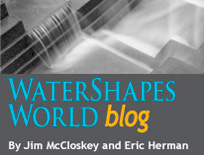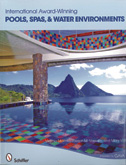ARTICLES
Advance Search
Aquatic Health
Aquatic Health, Fitness & Safety
Around the Internet
Aquatic Culture
Aquatic Technology
Artful Endeavors
Celebrity Corner
Life Aquatic
Must-See Watershapes
People with Cameras
Watershapes in the Headlines
Art/Architectural History
Book & Media Reviews
Commentaries, Interviews & Profiles
Concrete Science
Environment
Fountains
Geotechnical
Join the Dialogue
Landscape, Plants, Hardscape & Decks
Lighter Side
Ripples
Test Your Knowledge
The Aquatic Quiz
Other Waterfeatures (from birdbaths to lakes)
Outdoor Living, Fire Features, Amenities & Lighting
Plants
Ponds, Streams & Waterfalls
Pools & Spas
Professional Watershaping
Structures (Editor's Notes)
Travelogues & History
Water Chemistry
WaterShapes TV
WaterShapes World Blog
Web Links
Around the Internet
Aquatic Culture
Aquatic Technology
Artful Endeavors
Celebrity Corner
Life Aquatic
Must-See Watershapes
People with Cameras
Watershapes in the Headlines
Article: Learn more about the Beijing National Aquatics Center (the “Water Cube”) from Wikipedia. Click here. Video: Watch a CNN interview with
In all my many years of working with water, I’ve never grown tired of its remarkable beauty and complexity – or of the variations it encompasses, the ways it changes and the endless fascination it offers to those who come into its presence. At the heart of water’s ability to inspire us and rivet our attention is its capacity to reflect. There’s something truly magical about the way water mirrors the sky, a surrounding landscape, nearby architecture or a well-placed work of art. It’s a gift of sorts, a timeless bounty that has captured imaginations ever since Narcissus fell in
Vanishing-edge pools (or infinity pools, as some call them) have become a fixture in the world of pool and spa design. Once considered exotic and highly unusual, you find them now in
How much do you know about water polo?
Compiled and Written by Lenny GiteckGwyneth Paltrow Burned in Freak Accident — Swimming Pool Prevents Worse Injury According to an article on Torontosun.com, Academy Award-winning actress Gwyneth Paltrow, who bought a rotisserie barbecue last year, suffered a freak accident this past summer while
By Mike Farley One of the greatest contrasts I’ve found between watershapers from the pool and spa industry and watershapers with backgrounds in landscape architecture is the way representatives of the two groups handle their portfolios. Landscape architects are taught that
By Eric Herman It’s a given: As human beings, we are all utterly dependent on the availability of fresh, clear, potable water for our survival. As a result, the preservation of aquatic resources of all types is an interest in which all people should share. At the same time,
From Wikipedia: "The Moonlight Rainbow Fountain is the world's longest bridge fountain...1,140 meters [1,247 yards] long, shooting out 190 tons of water per minute." Wikipedia also reports that the
One of the questions I always ask prospective clients is, “Why are you investing in a pool and not a recreational vehicle, boat or vacation home?” Obviously, I’m not interested in having them rethink the decision to purchase a watershape; rather, I’m trying to draw them more deeply into
What well-known music composer, instrumentalist and recording artist was a member of his native country’s national swimming team in his youth — even breaking that country's record in the 50-meter freestyle at age 14?










